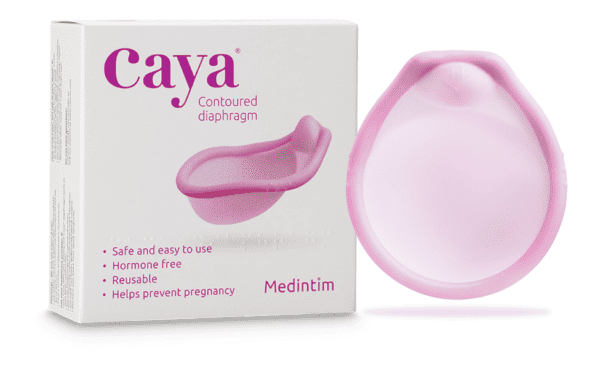
The True Price Tag of Preventing Pregnancy!
Let’s talk money, ladies. What you pay for birth control can be sneaky – like that “basic” streaming subscription that somehow morphed into premium packages on three different platforms. Beyond the obvious price tag, there are some surprise expenses that nobody mentions during those awkward conversations at the doctor’s office. Ready to get real about birth control cost in 2025? Let’s break it down.
The Basic Package: What Birth Control Actually Costs
According to Planned Parenthood, here’s what you might pay for different birth control methods (before insurance):
- Birth control pills: Up to $50/month
- IUDs (hormonal or copper): Up to $1,300 one-time
- Birth control implant: Up to $1,300 one-time
- Diaphragm: Up to $75 one-time
- Contraceptive gel: Up to $17/month
The Premium Package: Hidden Costs Nobody Mentions
For Birth Control Pills
- Monthly prescription refills
- Regular doctor visits (every 6-12 months)
- Time off work for appointments
- Transportation to pharmacy
- Phone alerts to remember daily pills
- Backup methods when antibiotics interfere
For IUDs and Implants
- Initial consultation fee
- Insertion procedure costs
- Removal procedure costs (yes, that’s extra!)
- Recovery time from procedure
- Possible ultrasound to check placement
- Time off work for procedure and recovery
Barrier Methods: A Cost-Effective Alternative
Reusable Options
- Caya Diaphragm: $80-100 one-time cost
- Lasts 2 years
- That’s about $3.33 per month!
- Additional cost: Contraceptive gel ($15-20/month)
- Male condoms: $10-12/dozen
- Monthly cost varies with usage
- No prescription needed
One-Time Use Options
- Female condoms: $2-5 each
- Sponges: $3-6 each

Compare Birth Control Factors for 2025
Birth Control Cost in Time Investment
- Doctor visits
- Pharmacy runs
- Recovery from procedures
- Managing side effects
Health Considerations
- Hormone-related side effects
- Recovery time
- Potential allergies
- Impact on other medications
Convenience Factors
- Accessibility
- Storage
- Travel considerations
- Partner involvement needed
Making the Smart Choice for Your Budget
When calculating your birth control costs, consider:
- Length of use planned
- Insurance coverage
- Maintenance requirements
- Your lifestyle needs
- Additional health factors
The Smart Investment: Caya’s Birth Control Cost Benefits
 With Caya, the math around this birth control cost is refreshingly simple:
With Caya, the math around this birth control cost is refreshingly simple:
- One-time purchase lasts 2 years
- Only additional cost is contraceptive gel
- No prescription refills needed
- No monthly pharmacy visits
- No recovery time
- No hormone-related medical expenses
When you break it down by cost-per-use over two years, Caya often becomes one of the most budget-friendly options available. Plus, you’re in control of when and how often you use it. Got Caya? Check out how to get it.
Your Next Steps
Ready to explore your birth control options?
- Talk to your healthcare provider or a telehealth provider about what’s best for you
- Check your insurance coverage
- Consider both short-term and long-term costs


